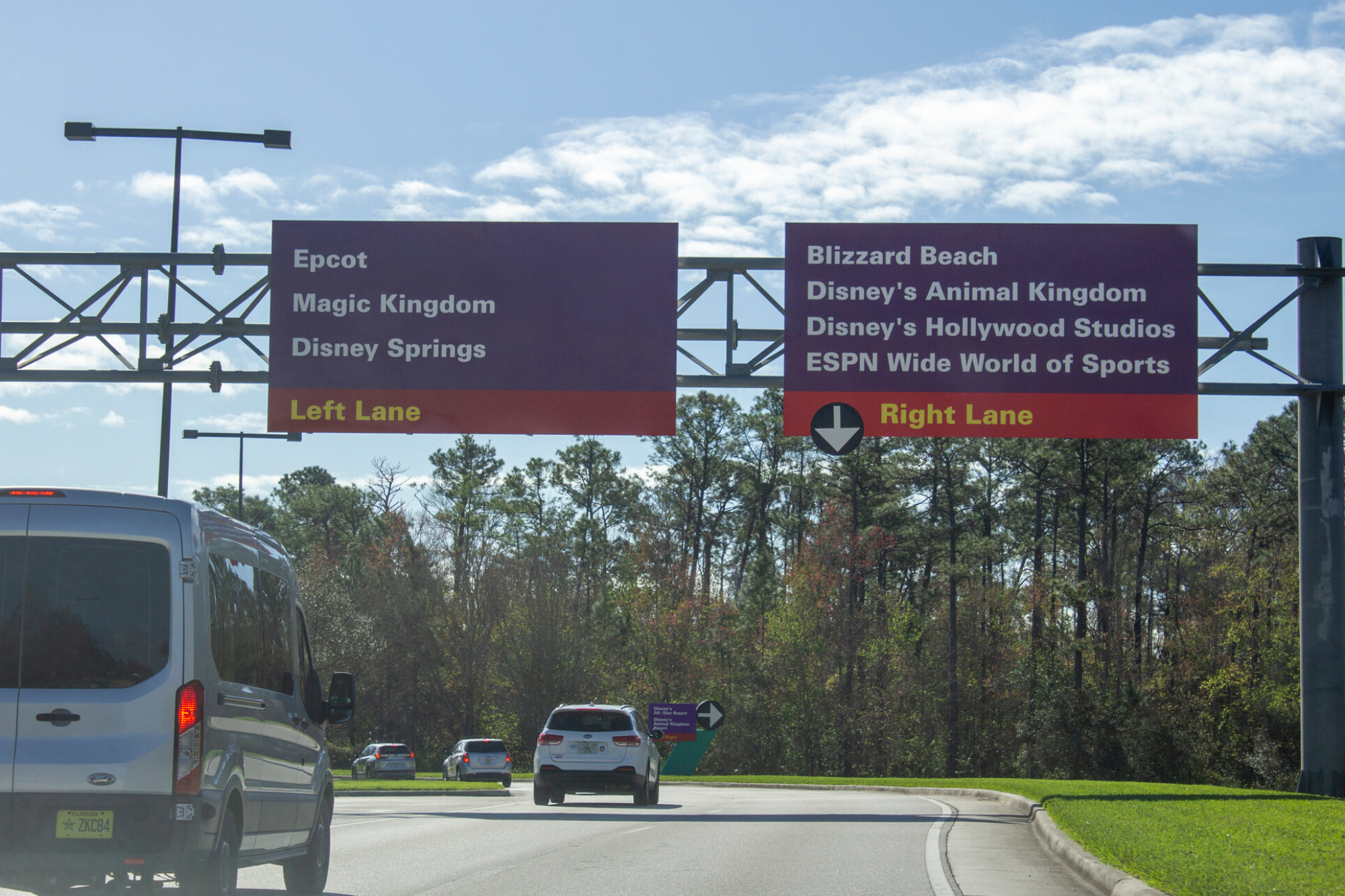As you probably know, signs can have a wide variety of purposes. Among the most common and important of these is wayfinding. When we use that term, we are referring to the ability of a sign to direct people in a certain way. While this is a simple concept, it can be subdivided into four broad categories, so let’s take a look at each of them in turn.
1. Identification
This is by far the most common type of wayfinding sign. Their purpose is to tell you where you are. For instance, when you see a sign that says “Assistant Manager,” you know that you are in front of the assistant manager’s office. In order to find out where you need to go, you must first find where you are. By correlating that information with your destination, you can find the shortest route to any place.
With these kinds of signs, it is important to avoid extra information that might confuse people. All they need to know is where they are, so don’t clutter up their view with all kinds of subheadings. Just keep it short, simple, and right to the point. This will ensure that your ID sign will serve its purpose effectively.
2. Directional
Just as identification signs tell you where you are, directional signs tell you which way to go. For instance, they might lead people to an entrance or an exit. These signs might also be used to direct people to the appropriate parking areas. Either way, their purpose is simple: To direct people to a specific place.
Most of the time, these signs will be emblazoned with an arrow that points in the appropriate direction as well. These directional arrows are very important because some people cannot read very well. Others may not comprehend the language in question, so it’s good to have a sign that everyone can comprehend.
Without some kind of direction, a large crowd of people will have a tendency to become an unruly mob. Like a herd of buffalo, they need to know in which direction they need to go. That’s why directional signs are so effective when it comes to herding humans in a certain direction.
3. Informational
These signs are a little bit different from the first two types. They are different because they are not generally intended to help someone find their way from one place to another. Instead, these signs are meant to tell people useful information that they will need. Caution signs, signs that display rules and policies, etc., are all good examples of informational signs.
One good example of this is a sign that displays the hours of operation for a specific business. Although a person does not need this information to find the place, they will certainly need it to do business with you. At the present time, many businesses are also using informational signs to broadcast their COVID-19 prevention policies.
These signs can be extremely important from a legal standpoint. The law demands that people should be informed of any abnormal risk, whether that be a risk to their personal safety or just a risk to their time and money. If you do not properly inform the patrons of your establishment, there is at least some chance that you will be sued.
For instance, if your establishment uses the kind of electronic equipment that can interfere with a pacemaker, you had better inform all your customers of that fact. If someone has a heart attack and dies because you failed to inform them, you will be held legally liable for their death.
4. Regulatory
These are probably the least friendly of the four basic wayfinding signs, but it might also be the most important. Every business and establishment has certain rules that they want all visitors to respect. However, most people cannot be bothered to memorize a different set of rules for every place they visit. For this reason, regulatory signs are quite important.
One good example of these signs would be the various “no smoking” signs that you have probably seen in many places. Certain businesses will also have signs that display prohibitions on weapons, liquor, and other potentially dangerous things. One good thing about regulatory signs is that they tend to be noticed more easily than others. After all, no one wants to be kicked out of the place or (worse yet!) thrown in jail!
Conclusion
As you can see, this matter is not particularly complex. Indeed, some might say that wayfinding is the original purpose of the sign, and this may very well be true. To recap, the four main types of way finding signage are:
- Identification Signs: Tells you where you currently are
- Directional Signs: These tell you which way you need to go
- Informational Signs: Gives you supplemental info about the journey and/or destination
- Regulatory Signs: These tell you about rules and regulations
If you are a business owner or some other person who has a need for quality signage, it will be a good idea to familiarize yourself with these four sign types. Chances are, your establishment will. We hope that you and your business will be able to survive this panic, and that you have found our work to be helpful. If so, please fill out the contact form to learn even more.


